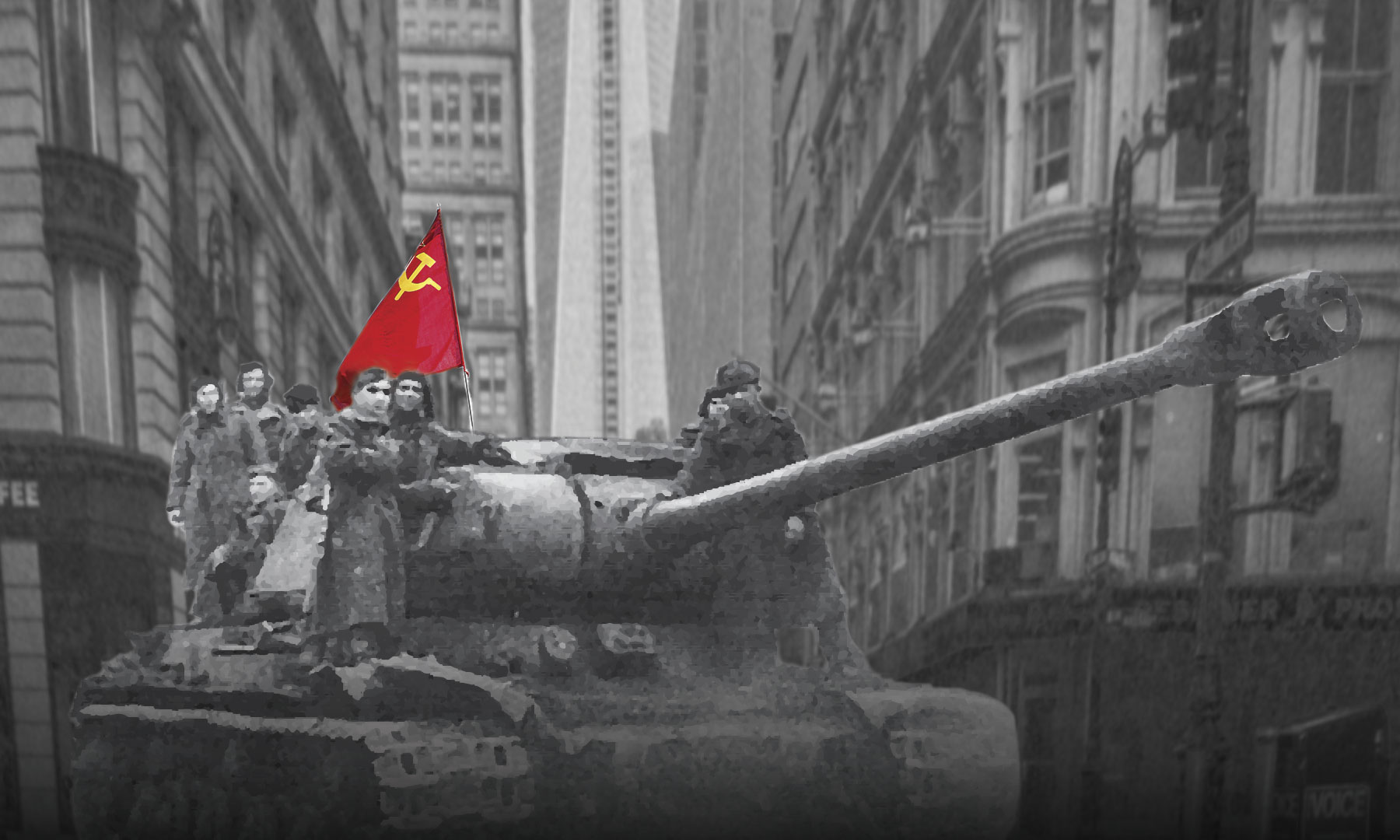War plan “Dropshot” arose from the military planners’ conviction that World War III was inevitable and that the only deterrent available to the U.S. was superiority in nuclear stockpiles. Dropshot led to requests by the military to increase the production of nuclear weapons, which the president approved. Thus, the decision to build a facility to increase production of nuclear weapon components was approved, and that facility would be the Rocky Flats Plant.
The world changed in late August 1949 when the Soviet Union detonated an exact duplicate of the Trinity device several years before some had estimated that it was possible (not knowing the efficiency of their spy networks). A “WB-29 weather reconnaissance plane on routine patrol from Japan to Alaska had picked up some measurable radioactivity.” A filter paper had produced “slightly more than the number of radioactive counts per minute necessary to constitute an official ‘alert’…a second filter paper from the same aircraft was counted to produce significantly higher results. Additional measurements seemed to indicate the activity came from fresh fission products in the atmosphere.” It was unknown whether the fission products on the sample were from bomb debris or the result of a nuclear accident. Every available plane was sent to pick up as many samples as possible. The resulting data convinced our military that the Soviets had succeeded at detonating a nuclear device. The U.S. military planners and government had to contend with a new reality.
There were ardent critics of U.S. policy despite the news that the Soviets had broken the U.S. monopoly on nuclear weapons. The military planners had an answer to critics who referred (and still refer) to the economic costs of building an increasingly large stockpile of nuclear weapons. The planners responded that World War I cost 25 billion dollars, World War II cost 340 billion, and they estimated World War III would cost three trillion dollars. They explained, “The annual expenditures of ten percent of the U.S. national income or approximately 20 billion dollars per annum amounting to six-tenths of one percent of the possible cost for World War III would not appear to be too much of a cost to pay as insurance for success in a future war.” “Our government and our people must accept the continuing cost essential to our security which will, as a minimum, provide a deterrent force against war.” The cost of building and maintaining a conventional force large enough to match the Soviet military would have been much more expensive.
The war plans continued to advocate increasing numbers of nuclear weapons to deter war. War Plan Dropshot called for a total of 430 atomic bombs to be delivered within 30 days and an additional 33,000 tons of conventional bombs. Attacks on satellite countries were to be with conventional bombs to spare those civilians from nuclear war. However, there was a contingency plan for using atomic bombs on countries with an additional 204 atomic bombs depending on the progress of the war.
